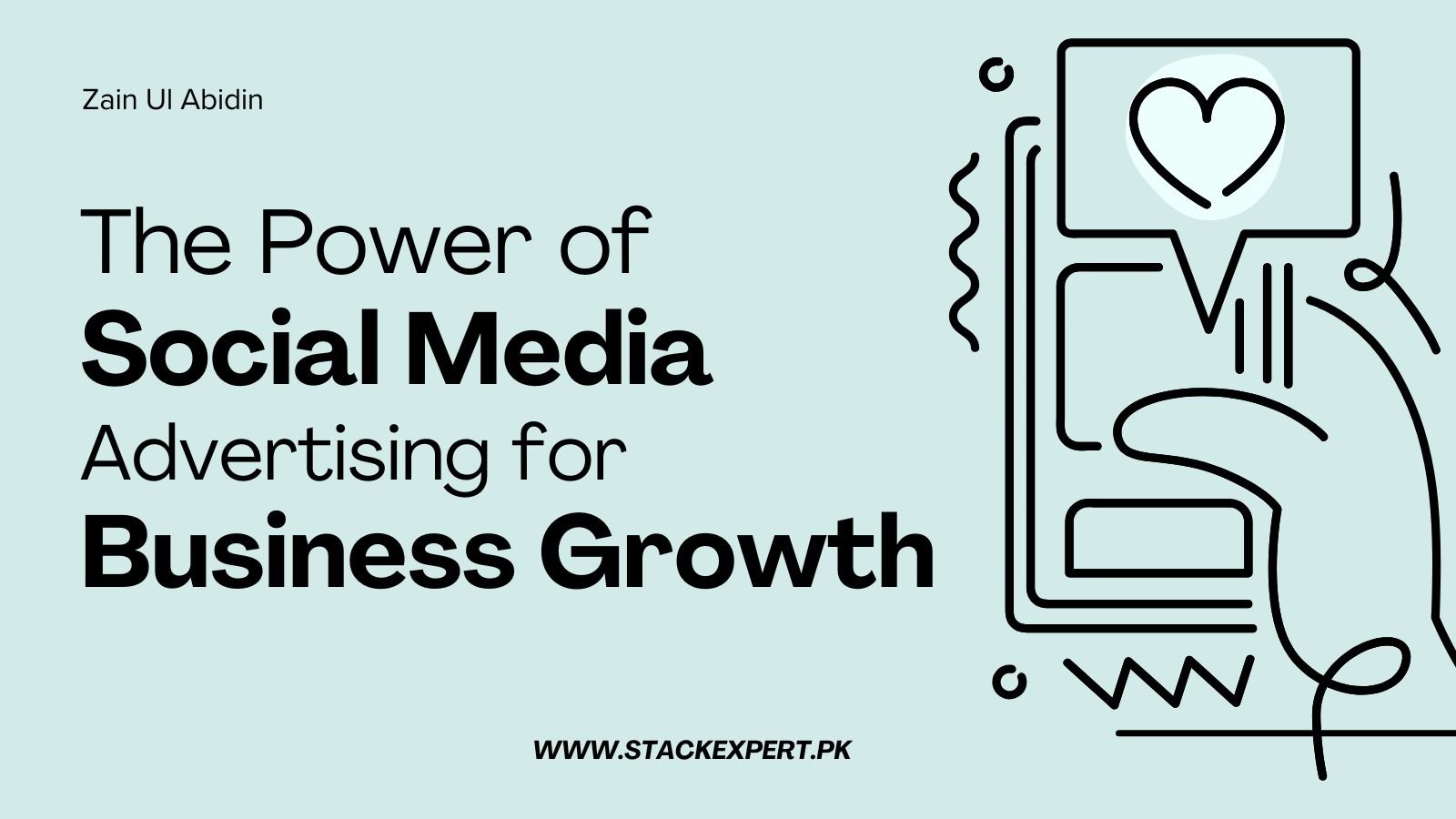OpenAI and Google’s language AI, known as Google Bard (or simply “Bard”), are two of the most advanced language models available today. While they share some similarities, there are also several key differences between them.
One of the primary differences between OpenAI and Google Bard is their development and ownership. OpenAI is an independent research organization dedicated to developing artificial intelligence in a way that is safe and beneficial for humanity. Google, on the other hand, is a commercial company that has developed Bard as part of its suite of AI products and services.
In terms of capabilities, both OpenAI and Bard are capable of generating human-like text based on given prompts. However, there are some differences in the type of text they generate and their focus areas. OpenAI’s GPT models are primarily focused on language processing and natural language generation, while Google Bard is designed to generate poetry and creative writing.
Another difference between OpenAI and Bard is the extent to which they are accessible to the public. OpenAI has released several of its models, including the GPT-3 language model, to the public through its API, allowing developers to access and use the models for a variety of applications. Google Bard, on the other hand, is not currently available to the public, and its use is limited to Google’s internal research and development efforts.
In summary, while both OpenAI and Google Bard are powerful language models that can generate human-like text, they have some key differences in terms of their development and ownership, capabilities, and accessibility. Ultimately, the choice between them may depend on the specific needs and use cases of individual users or organizations.




